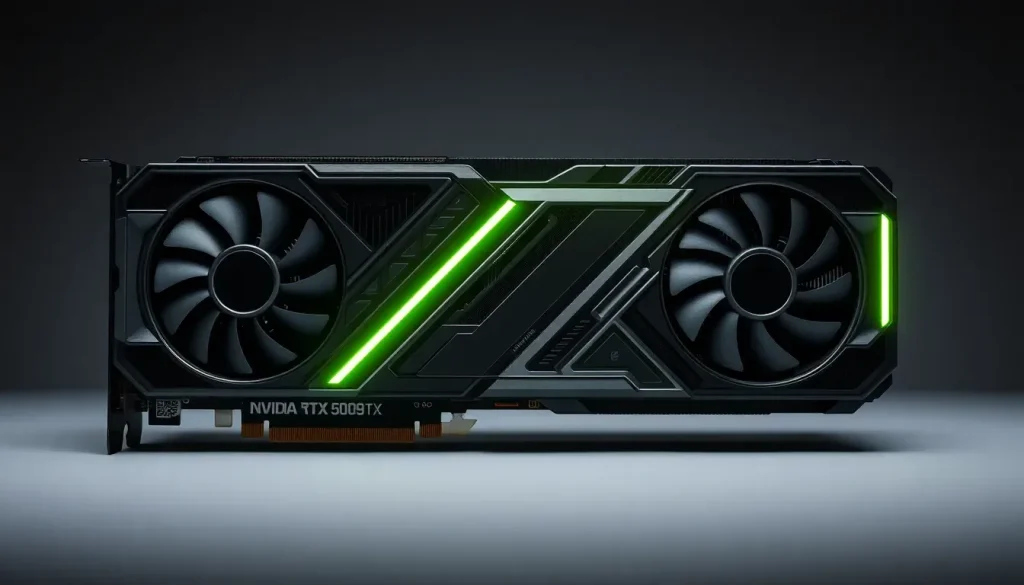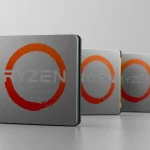PC repair expert criticizes NVIDIA RTX 5090 Founders Edition design

The NVIDIA GeForce RTX 5090 Founders Edition has drawn significant attention lately, particularly due to its controversial design flaws. Among the voices raising concerns is Northridge Fix, a specialist in GPU repairs, who has not only criticized this graphics card but has also advised consumers against purchasing it. This situation raises questions about the reliability and future-proofing of high-end GPUs.
In this article, we will explore the critical design issues of the RTX 5090, the implications of its construction for users, and what it means for the future of NVIDIA's GPU offerings.
- Northridge Fix warns against buying the NVIDIA GeForce RTX 5090 Founders Edition due to design flaws
- Understanding the implications of fragile connectors in modern GPUs
- Are many NVIDIA GeForce RTX 5090 and 5090D GPUs experiencing failures?
- What is the reset bug on NVIDIA RTX 5090?
- Does PCIe bandwidth affect RTX 5090 performance?
- What is the failure rate of the RTX 3090?
Northridge Fix warns against buying the NVIDIA GeForce RTX 5090 Founders Edition due to design flaws
It has come to light that the problems with the NVIDIA RTX 5090 Founders Edition extend beyond its notorious 16-pin power connector. Northridge Fix has identified various flaws in the overall design, suggesting that consumers should avoid opening or modifying the card. This warning stems from the fundamental layout of this flagship GPU, which diverges significantly from its predecessors.
The design features a compact printed circuit board (PCB) situated centrally within the heatsink. This unconventional setup forces the PCIe connector and the I/O interface to take convoluted paths, making them vulnerable to damage. For instance, a user attempted to install a water-cooling block on their RTX 5090 but ultimately faced irreparable issues.
Upon sending the GPU to Northridge Fix for repair, the technician discovered that the design complexity made it particularly challenging to handle. The PCIe interface connects through a small, fragile connector located on the rear side of the PCB, which is densely packed with pins. When the owner attempted to reconnect the GPU, they inadvertently broke one pin and bent another, rendering the card inoperable.
This incident highlights a glaring problem: while the damage was confined to the connector, the unavailability of replacement parts poses a significant issue. The absence of a market for these connectors means that a damaged GPU essentially becomes a write-off, unable to be repaired.
Understanding the implications of fragile connectors in modern GPUs
The fragility of connectors in the RTX 5090's design raises several important issues for users and the industry as a whole. Here están algunas consideraciones clave:
- Long-term reliability: The use of delicate components increases the risk of damage, especially during maintenance or upgrades.
- Repairability: As demonstrated by Northridge Fix, the lack of available replacement parts severely limits repair options, leading to waste.
- User modifications: Many enthusiasts enjoy customizing their GPUs, but the RTX 5090's design discourages this practice due to the high risk of damage.
- Market perception: Negative reviews and warnings from repair specialists can impact consumers’ buying decisions, potentially harming NVIDIA’s reputation.
Are many NVIDIA GeForce RTX 5090 and 5090D GPUs experiencing failures?
In light of the design flaws, questions have arisen regarding the overall failure rates of the RTX 5090 series. Preliminary reports suggest that a significant number of these GPUs are experiencing issues, leading to concerns about their reliability. Users have taken to forums and social media to share their experiences, with some reporting failures shortly after purchase.
Factors contributing to these failures may include:
- Manufacturing defects that may have slipped through quality control.
- Heat management issues exacerbated by the compact design.
- Electrical problems stemming from the fragile connectors that can result in short circuits.
As more users report problems, it remains to be seen how NVIDIA will respond, particularly in addressing the repairability of their products.
What is the reset bug on NVIDIA RTX 5090?
Another pressing issue that has surfaced with the RTX 5090 is a concerning reset bug that affects the GPU’s performance. Users have reported that their cards unexpectedly reset during intensive tasks, such as gaming or rendering, disrupting workflows and gameplay experiences.
The causes of this bug are still under investigation, but possibilities include:
- Driver conflicts that may arise from software updates.
- Power management settings that do not properly align with the GPU's requirements.
- Thermal throttling due to inadequate cooling in certain configurations.
Until a definitive fix is released, users may need to adjust their settings or revert to previous driver versions to mitigate the issue.
Does PCIe bandwidth affect RTX 5090 performance?
With advancements in GPU technology, PCIe bandwidth has become a critical consideration for maximizing performance. The RTX 5090 supports PCIe 5.0, which offers double the bandwidth of its predecessor, PCIe 4.0. However, the actual performance gains depend on several factors:
- Application usage: Many current applications do not fully utilize the available bandwidth, making the upgrade less impactful for some users.
- System configuration: A balanced system with a robust CPU and adequate cooling is necessary to leverage the RTX 5090’s capabilities fully.
- Future-proofing: As software becomes more demanding, the benefits of increased bandwidth will likely become more apparent.
Users looking to upgrade should carefully consider their entire system to ensure compatibility and performance optimization.
What is the failure rate of the RTX 3090?
In contrast to the RTX 5090, the previous-generation RTX 3090 has also seen its share of reliability concerns. Reports indicate that while many users have had positive experiences, there have been notable instances of hardware failure, particularly among overclocked models.
Factors influencing the failure rate of the RTX 3090 include:
- Overclocking practices: Pushing hardware beyond its specifications can lead to instability and failure.
- Cooling solutions: Inadequate cooling can result in overheating, causing long-term damage to components.
- Supply chain issues: Variability in component quality due to sourcing challenges during the GPU boom may have affected reliability.
As users continue to share their experiences, the industry must address these reliability issues to maintain consumer trust.
For those interested in more insights and detailed reports on the performance and issues surrounding the RTX 5090, check out this video that delves deeper into the topic:




Leave a Reply